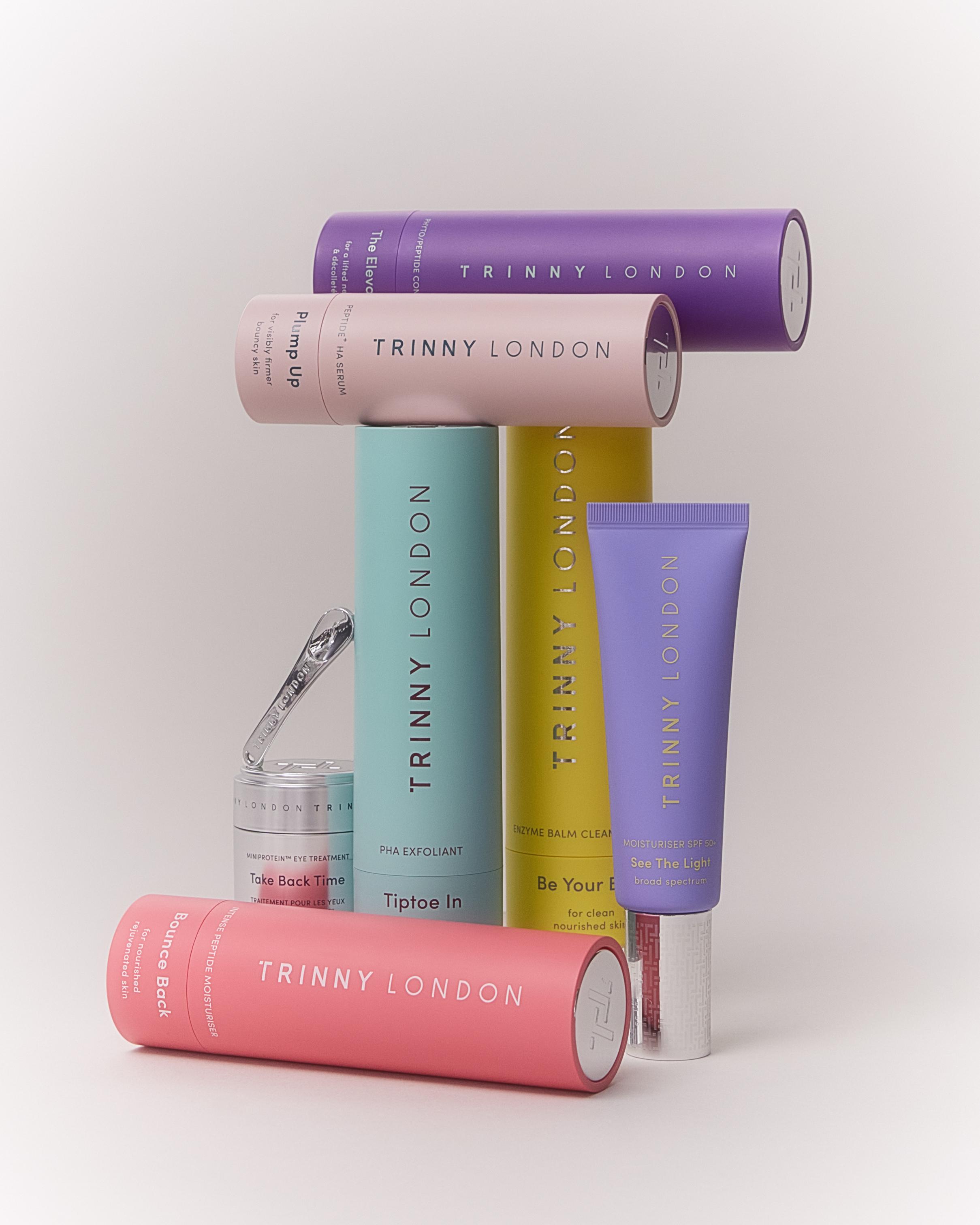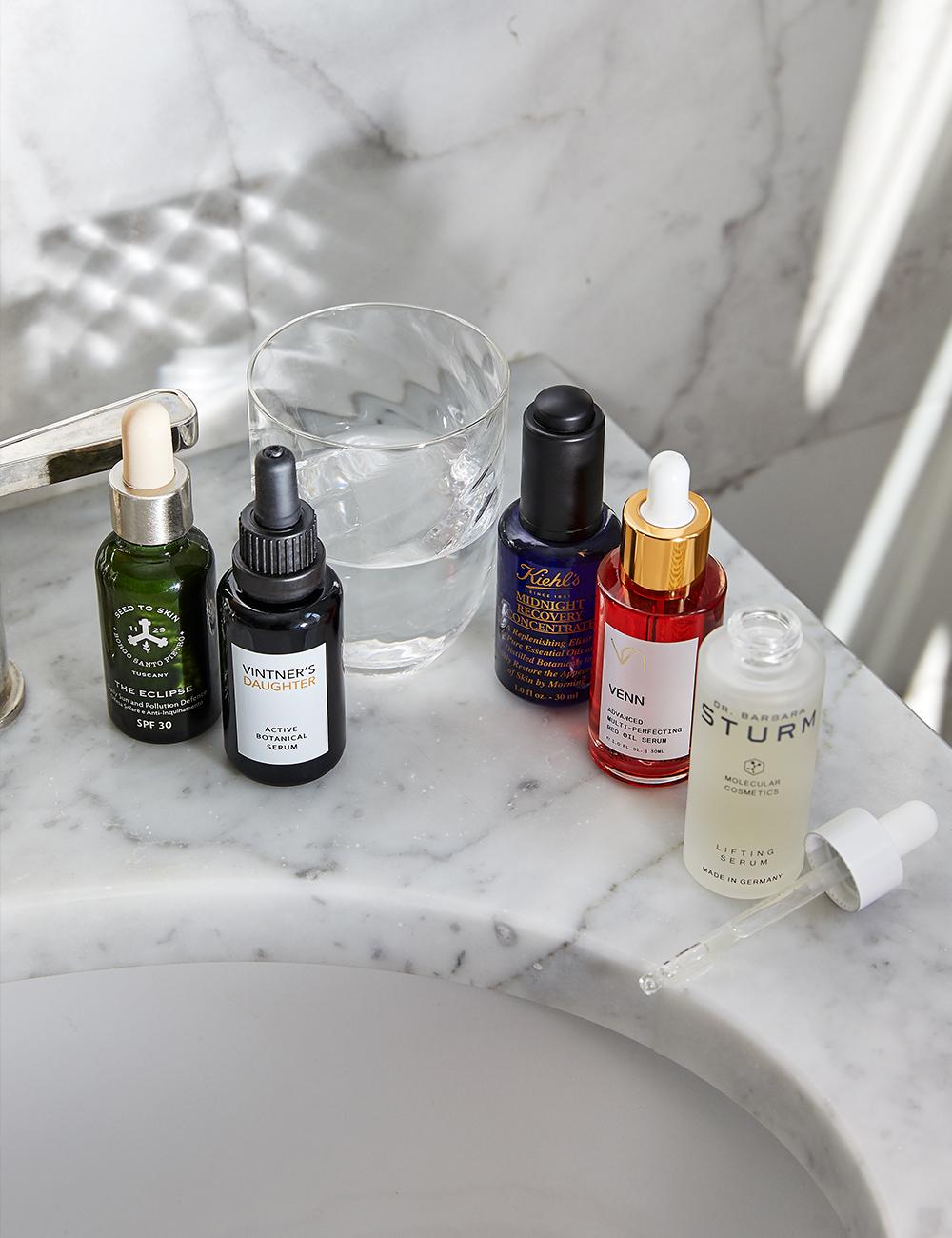Concealer vs Foundation: Which Goes First?
It’s the chicken and egg of beauty debates, and the answer? Well, it depends…
Read more
Concealer vs Foundation: Which Goes First?
It’s the chicken and egg of beauty debates, and the answer? Well, it depends…
By: Verity ClarkAre you a foundation first, concealer second kind of person? Or the other way around? Turns out, it’s a very polarising topic, with staunch advocates for either side of this makeup debate. But which is it: foundation or concealer first? Encouragingly, there isn’t really a right or wrong way; personal preference is the thing that matters, as different techniques will yield different results. We took the discussion to the professionals to find out, once and for all, which is the best approach, and for who.
What’s the Difference Between Foundation and Concealer?
Let’s go back to basics. Although both a part of the complexion family, foundation and concealer do different jobs and have different benefits. The primary function of foundation is to provide coverage to the entire face, whether you’re after some subtle blurring or a full finish. Concealer, on the other hand, is intended to ‘conceal’ specific areas; spots, hyperpigmentation and dark circles are the main usual suspects. Concealers tend to also be heavier in texture than foundation, providing a greater intensity of coverage, whereas the more fluid nature of foundation allows you to cover a wider area.
A CASE FOR FOUNDATION FIRST
Makeup artist Nikki Wolff, who has created makeup looks for everyone from model Bella Hadid to Bridgerton actor Simone Ashley, is a fan of the foundation first approach. “This generally creates a more natural looking base than using them the other way around,” she says. “Foundation will even out any uneven skin-tone and cover small imperfections [which means] you can then pinpoint the areas that need extra coverage with a little concealer.”
How to Shade Match Foundation
As well as application, finding the right shade of foundation is key to ensuring it looks natural. “Look at your skin tone as a whole,” Wolff says, that includes your “neck, décolletage and face, and try to match the shade of foundation somewhere in between all the shades you see.” Generally speaking, your neck will appear lighter than the top of your forehead or shoulders, for example, so matching in between will look most natural. For the most natural looking finish, Wolff recommends using your fingers to apply, while sponges are great if you prefer a little more coverage.
SHOP NOW
A CASE FOR CONCEALER FIRST
“Concealer is a secret weapon for brightening and lifting the eye area,” says makeup artist Cher Webb. If it’s dark undereye circles that you’re trying to cover (join the club) then tackling this area with a concealer first will freshen up the whole face. Also note: many concealers are created specifically for the thin skin around the eye, whereas foundations aren’t, so they can settle into any fine lines and look cakey. For that, makeup artist Katie Jane Hughes recommends using a “matte concealer, and as little as possible.”
Do You Need Multiple Concealers?
The jury is out on this one. “One concealer will work for all areas of the face,” says Wolff. “Although sometimes a different shade or texture is needed for under eyes, for example, a warmer tone to neutralise any blueness or maybe a more moisturising texture.” Hughes, though, is adamant that everyone needs two concealers: one for brightening the under eyes, and one for everywhere else.
How to Shade Match Concealer
If you’re using a different concealer under the eyes, Hughes recommends going one shade lighter than your foundation. Be careful not to go too light in the hope that extra brightness will counter out dark, barely-slept circles. The reality is that the lighter the concealer, the more it will highlight any darkness and can even make the skin look grey. If you’re using a concealer to cover up blemishes, redness or hyperpigmentation, Hughes recommends that you “try and find an exact colour match to your foundation.”






























































?fmt=auto&qlt=default)











